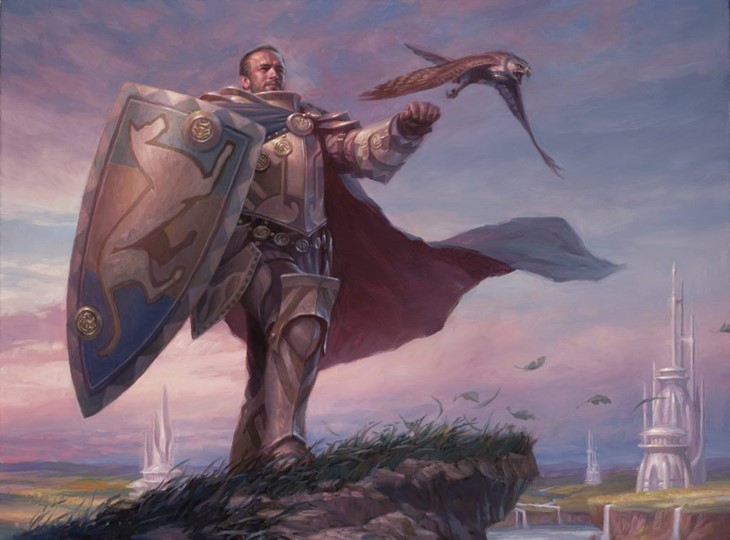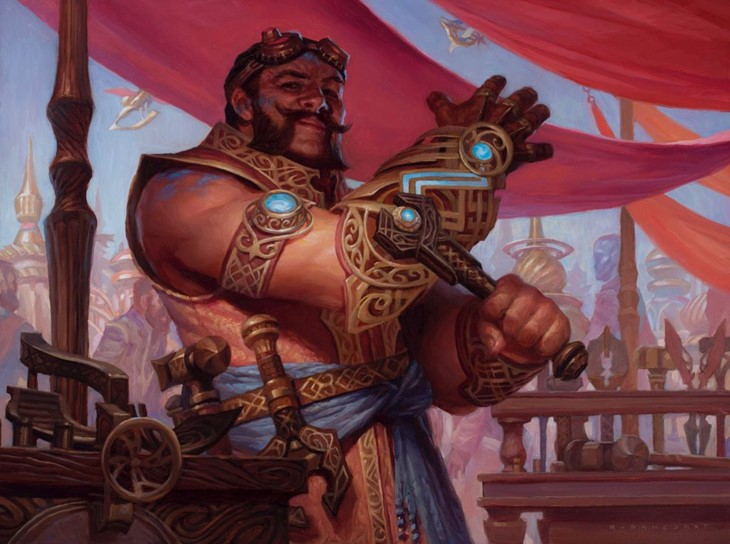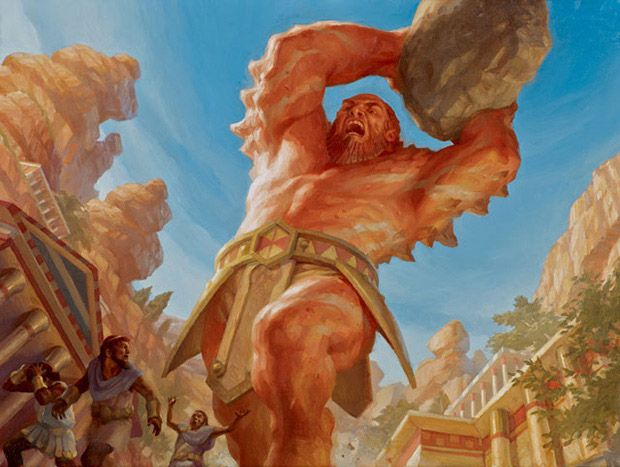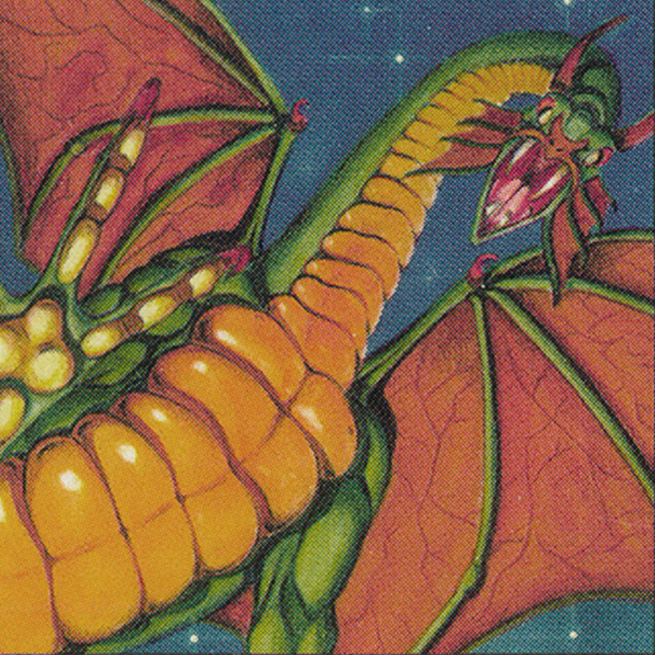Welcome to our weekly interview series #44, There's No Magic Without Art!
This week we talked with artist Ryan Pancoast, who has been working on Magic: The Gathering for about 10 years, and illustrated nearly 100 Magic cards.
Here's what Ryan told us.
Tell us a little about how you got into art, and Magic more specifically.
I have always been an artist. I loved drawing from the time I could hold a pencil and have been drawing ever since. I was lucky to have parents who were very encouraging of my interests. They enrolled me in extracurricular art lessons during middle school and high school, which gave me a great skill base to pursue a degree in illustration and later a career in art.
My first assignments after college were editorial illustrations for magazines, but then I was hired to create illustrations for an RPG game called Metal, Magic and Lore. The creators of the game, 5th Epoch, saw my talent for doing realistic subject matter and wanted to see how that would translate to a fantasy world.
They brought me to conventions to help launch the game, and at GenCon I did portfolio reviews with the art directors at Wizards. I was hired for my first Magic card a few months later.

Were you familiar with the game?
I was familiar with the game in the way that a lot of people were; I saw my friends in elementary school collecting these cards with cool illustrations on them and really liked looking through them. But I never played and really never considered them to be a potential client until I started doing fantasy art after college. It was really the re-introduction to fantasy art through Metal, Magic and Lore that focused my attention and ambition toward working for Magic.
Do you recall your first card assignment?
My first card assignment was Plains for M10. Convincing Mirage for M10 was included in my first batch of assignments but Plains was the first one I painted. I still really like that painting.

Give us a brief description of your painting process.
For me, Magic assignments always start with thumbnail sketches in ballpoint pen. I then take the ideas with the most promise and produced more finished sketches using my tablet. I submit my sketches, usually 2-3 different options, to the Art Directors at Wizards and they choose their favorite, possibly with a few changes.

Then, I gather all the photo reference I will need for the particular assignment, which often includes hiring models and building props. Next, I take my digital sketch and project it onto a 18"x24" stretched canvas and do my finished drawing right on the canvas.
Finally, I can start painting. I begin with an abstract, messy underpainting and then add color washes over that. When the piece looks like it's moving in the right direction, I start rendering all the details and slowly bring the piece to life.
What makes for a great art description?
The art descriptions that the Art Directors and creative writers send to me are always clear, direct and easy to follow. However, the more compositional and color notes there are, the harder it becomes to pull off successfully. So the most fun art descriptions will describe the action and/or mood of the scene, but not specifically how the scene looks. I love assignments where you can tell the Art Directors trust your visual judgements and taste.

Leyline of Sanctity is a card that sees a lot of play, do you recall painting it?
I do recall painting Leyline of Sanctity, although it was quite a few years ago now. It was one of my smaller pieces at around 9"x12" or 11"x14". I wanted to evoke the Plains that I had painted a year earlier, but make it unique. So the color scheme is shifted, almost inverted, from the M10 Plains.
I've gone through quite a bit of growth as an artist since then, and would approach the illustration much differently today, but I'm still happy to see the card remain popular. Maybe I'll get to paint new art for it someday!
What were some of the most challenging cards you painted, and why?
Each assignment has its own set of challenges, for sure. Azor, the Lawbringer was a struggle because I had very specific parameters. The concept art for the character, temple, Immortal Sun, and plinth already existed, and I had to put them all together.
I spent way too long on the assignment, but learned a lot of important lessons in how to better approach my paintings so that I can work more efficiently. Still, certain subjects will always cause me grief. The things I find most difficult to paint are interior architecture, animal anatomy, and splashing water.

On the other hand, what were the smoothest paintings, from the art description to the final piece?
The easiest painting I've ever done for Magic hasn't been released yet, so I can't talk about that one. But Arena Rector was one where I had a solid sketch, a great model and a color scheme that I came up with on the fly, so the whole painting really snapped together pretty easily. Any assignment which is more or less a portrait of a humanoid character is right up my alley.
Of the art you made for Magic, can you name some favorites?
As I mentioned before, I feel like I've grown as a Magic artist. It has been a long road of learning what I do best and what makes my paintings feel like "my" paintings, instead of trying to replicate the look of other Magic artists. I had to figure out how to make my Magic art look like my personal work, and it's taken 10 years to get there.
As such, I personally prefer my more recent (and unreleased) pieces to the older ones. However, some highlights from my entire career include, Plains (M10), Diregraf Escort, Glint-Sleeve Artisan, Nikya of the Old Ways, Arlinn, Voice of the Pack.

Is there any Magic related stories you'd like to share with us?
Illustrating for Magic is amazing. From a nuts-and-bolts perspective, it's steady, fun work with a decent budget and great art direction. But the thing that really makes it unique is how much appreciation the artists get from the players and the community at large.
I think only picture book illustrators have the same kind of appreciation from the public, and for us, that translates to sales of prints, sketches and original art. I can put more of myself into each illustration because I know I have the support and patronage of players and collectors. Thank you!









